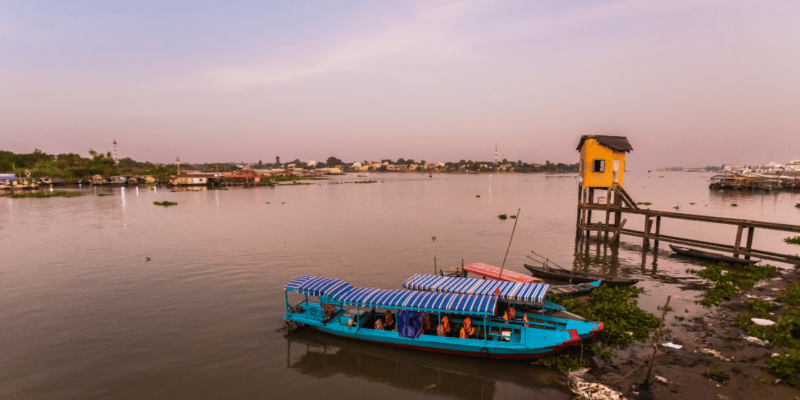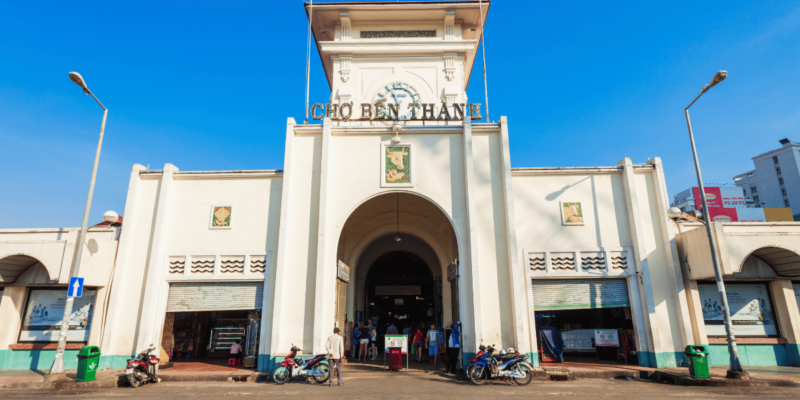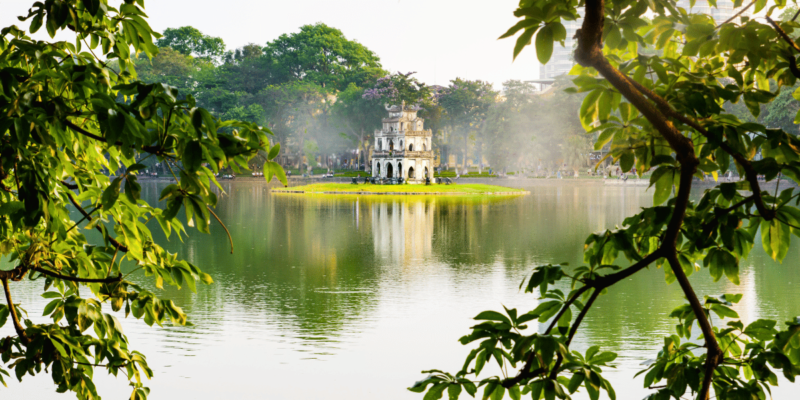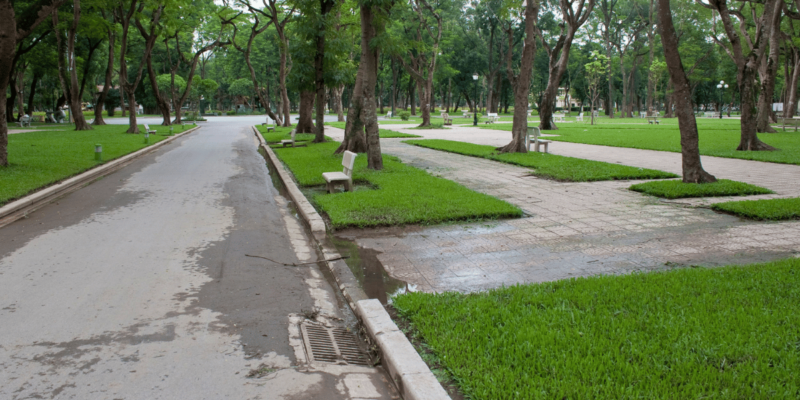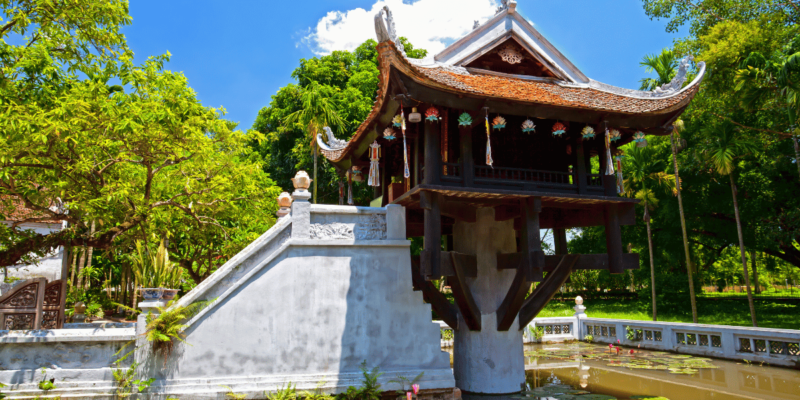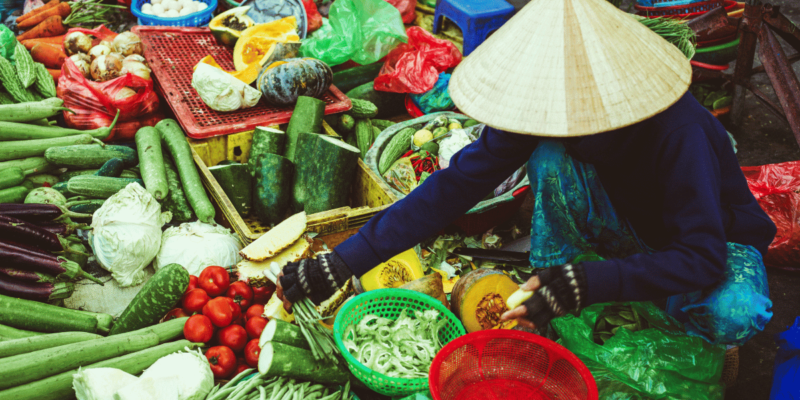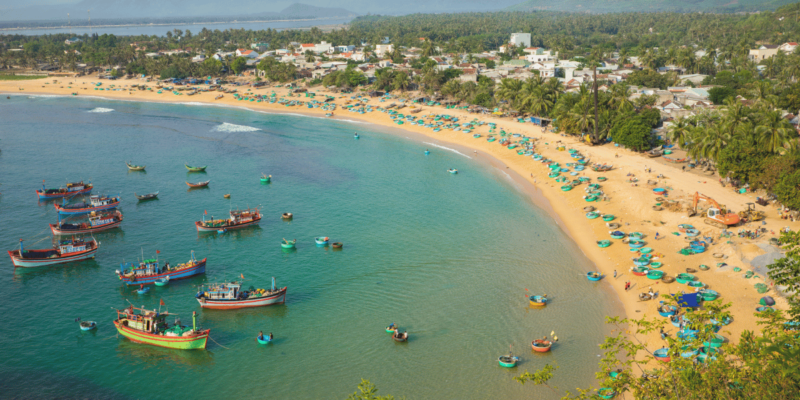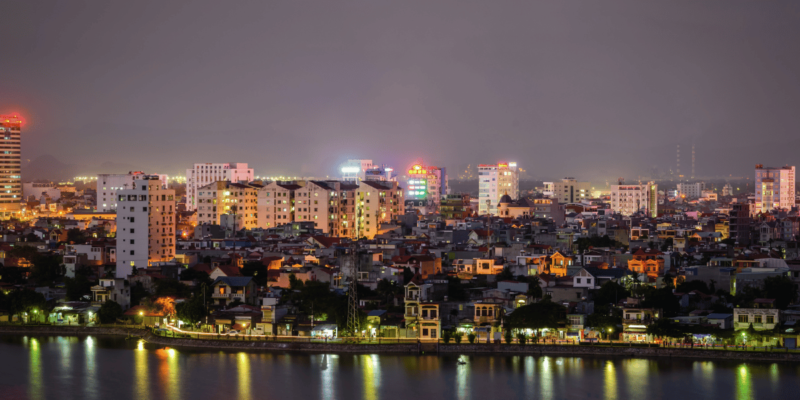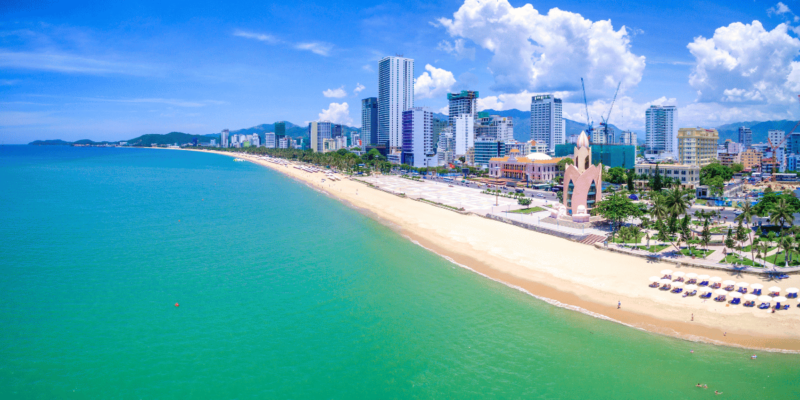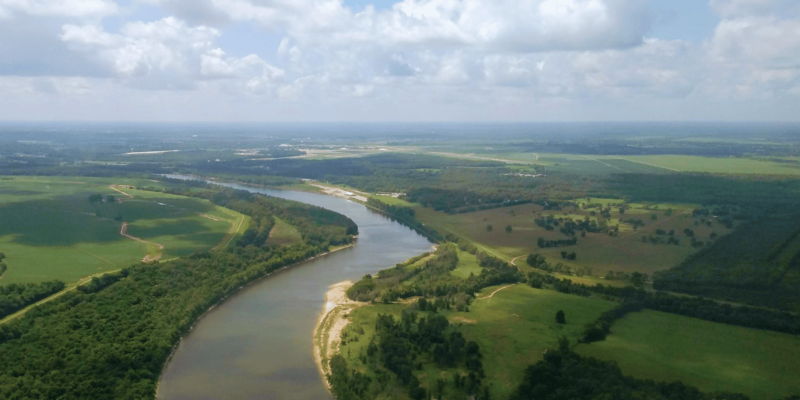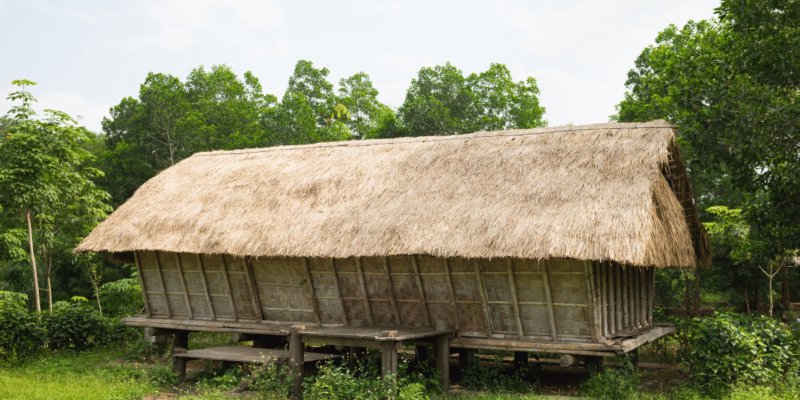Kon Tum: A Gateway to Cultural Richness and Adventure in Vietnam’s Highland Plateaux
Kon Tum, situated in the northernmost part of Vietnam’s Highland plateaux, serves as the provincial capital and stands prominently along the banks of the Dakbla River. Approximately 900 km from Ho Chi Minh City and about 200 km from Qui Nhon, Kon Tum offers a tranquil, unassuming charm that is distinctively its own. The region is home to over 600 ethnic minority villages and hamlets, predominantly inhabited by the Ba Na, Xo Dang, Gie Trieng, and Gia Rai communities. A notable aspect of Kon Tum’s demographic is the significant number of locals who have converted to Catholicism, reflecting a unique cultural blend.
During the French colonial era, Kon Tum was utilized as an administrative center for the Central Highlands. The French authorities established a large prison here to control and suppress the local population, employing prisoners in forced labor to construct Highway 19, a project that tragically resulted in many deaths.
In terms of historical sites, Kon Tum’s prison was once noted by international guidebooks as a potential war museum, but this was based on outdated information. The original prison was actually demolished post-war and was rebuilt between 1998 and 2000 by the tourism department, aiming to attract tourists—though without preserving its historical authenticity.
Despite skipping the reconstructed prison, Kon Tum is not without its historical architectures. The town boasts two notable French-built churches that are essential visits. The Tan Huong Church, constructed in the 1850s, features original stained glass and a beautifully vaulted ceiling, while the more famous Wooden Church, built in 1913 and meticulously restored, showcases stained glass that incorporates both Christian and indigenous motifs.
While the Bishop’s Palace is not open to the public, it remains an interesting exterior view. Another significant spot in Kon Tum is the local Ba Na orphanage. Despite limited funding, the orphanage provides commendable care to children, offering visitors a chance to contribute positively through donations.
The true allure of Kon Tum, however, lies in its surrounding areas, dotted with accessible ethnic minority villages. These villages provide an authentic glimpse into the daily lives and cultures of the indigenous peoples. The community is welcoming, allowing visitors to explore their homes and participate in daily activities without the usual tourist hassles. For those interested in immersive experiences, homestays are an available option.
Adventure seekers can enjoy rafting down the DakBla River, participating in riverside picnics, swimming, and dining in the communal Rong house of a Ba Na village. These experiences are complemented by evenings filled with local wine and engaging conversations with friendly villagers.
For the more intrepid travelers, Kon Tum also offers excellent trekking opportunities through picturesque landscapes and to more remote villages, often involving crossings over precarious bridges. Accommodations in such treks are typically in the local ‘rong’ houses, providing a rustic and authentic experience. Given the varying regulations across different areas, navigating these adventures often requires the expertise of local guides to ensure a smooth and enriching journey.
Kon Tum, with its blend of historical significance, cultural richness, and natural beauty, presents a unique and compelling destination within Vietnam’s vast and varied landscape.

